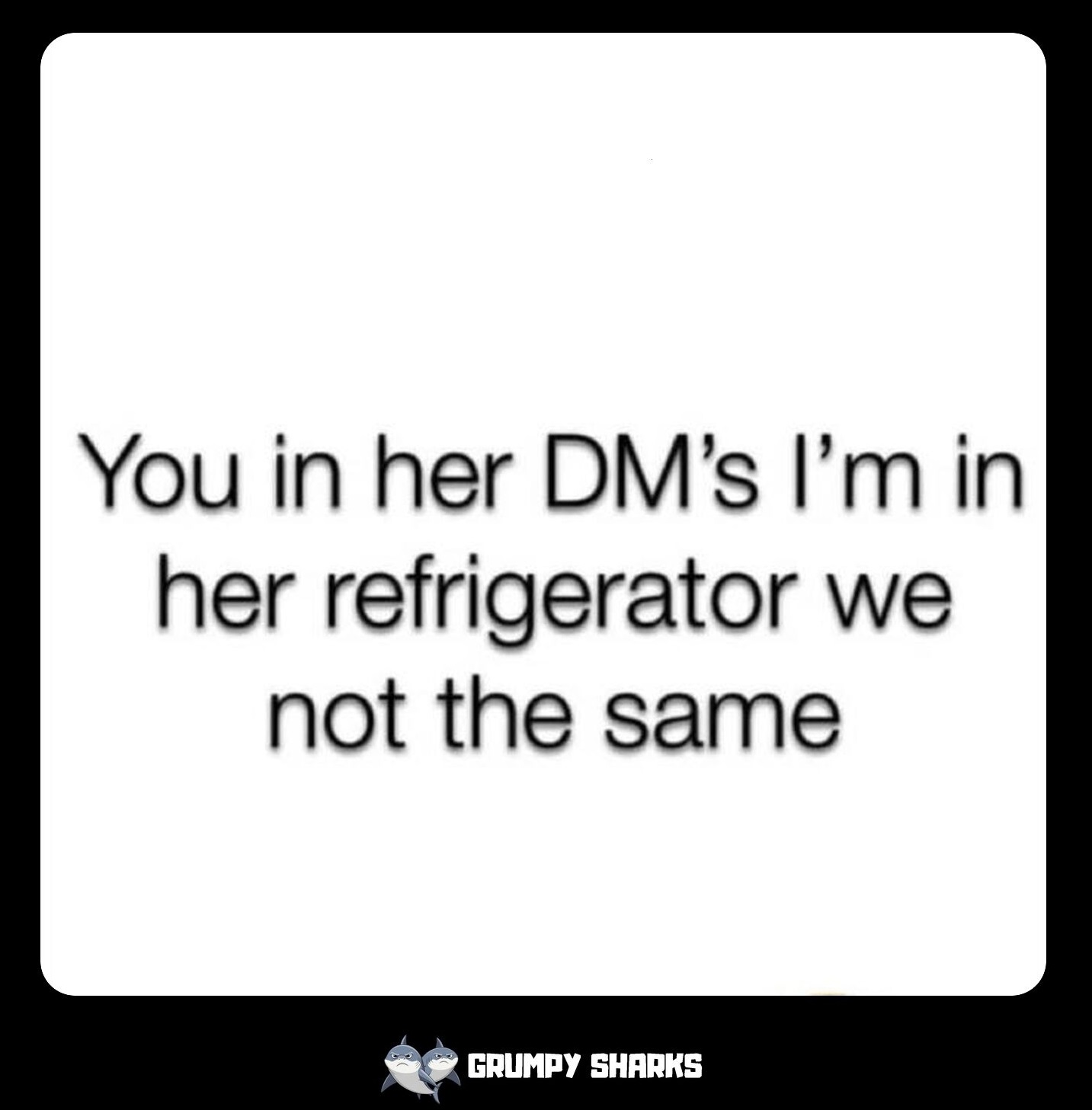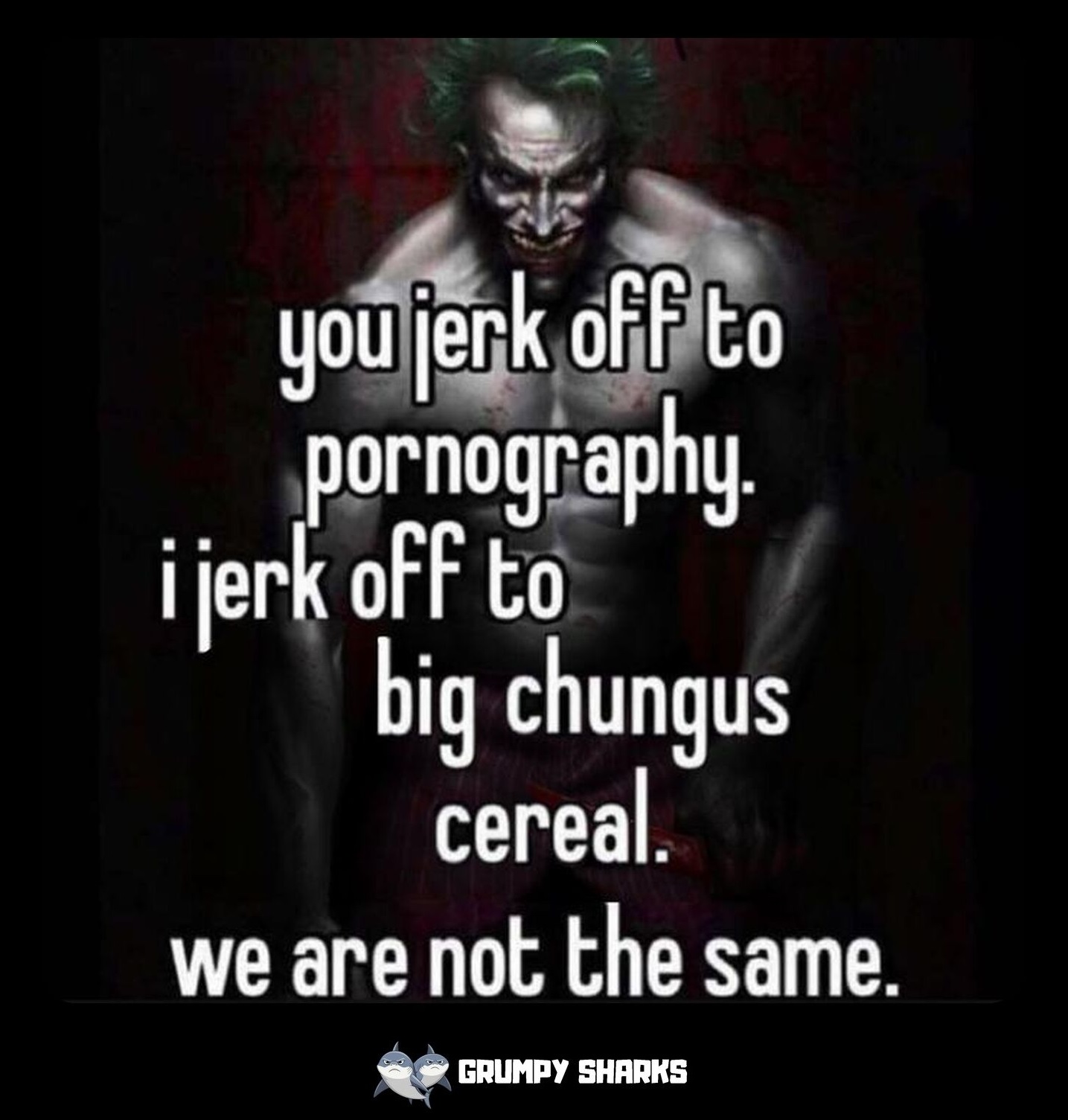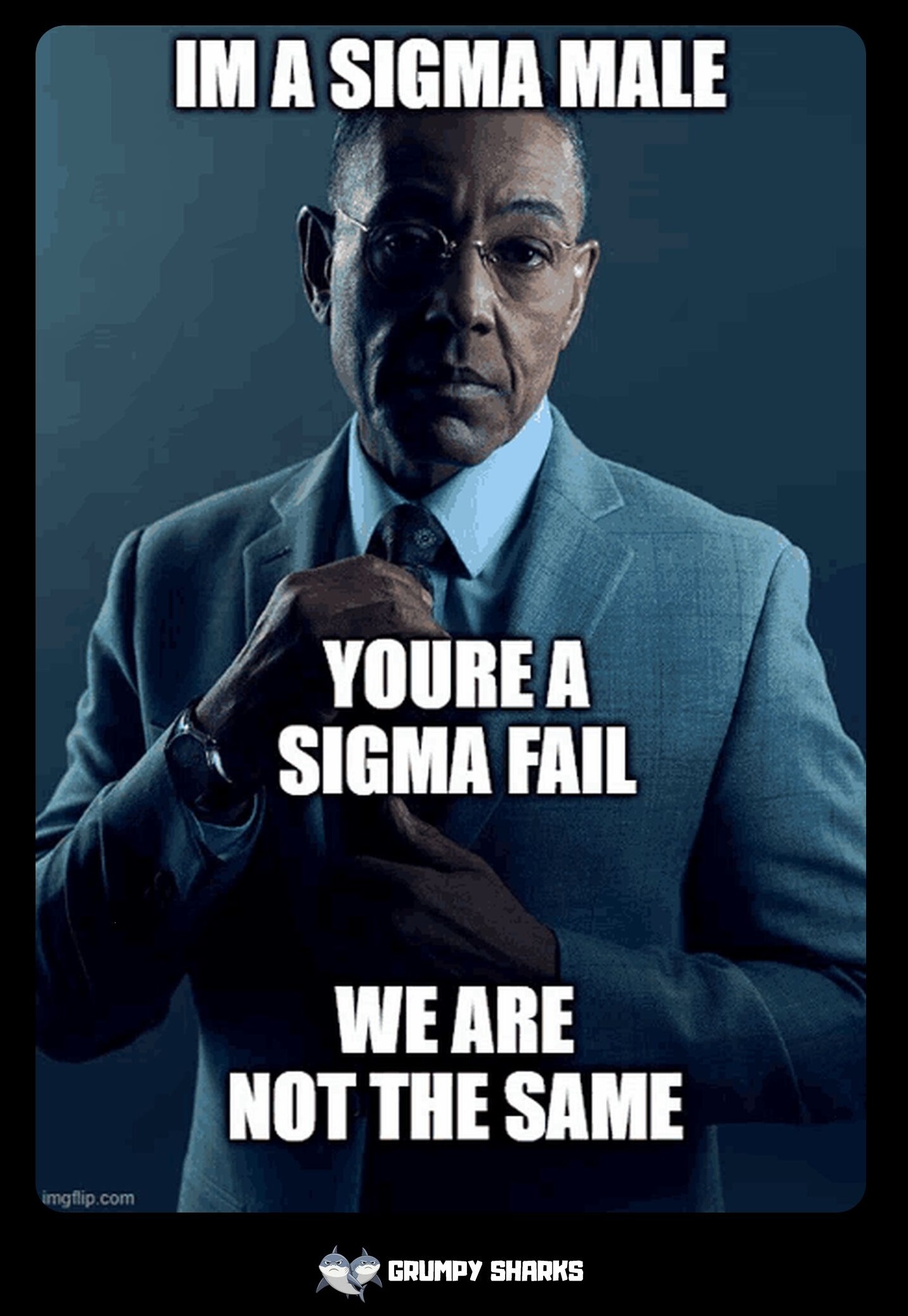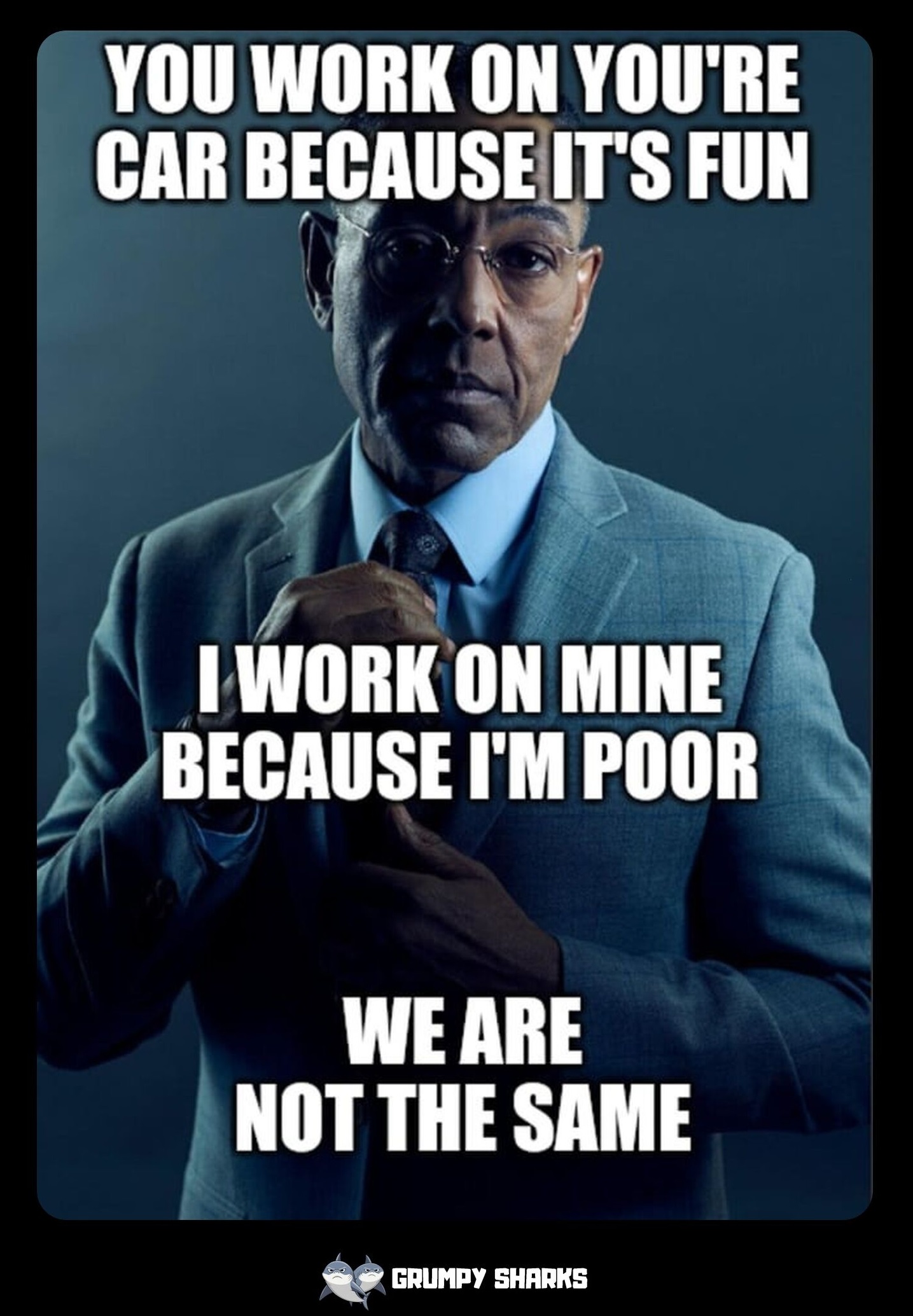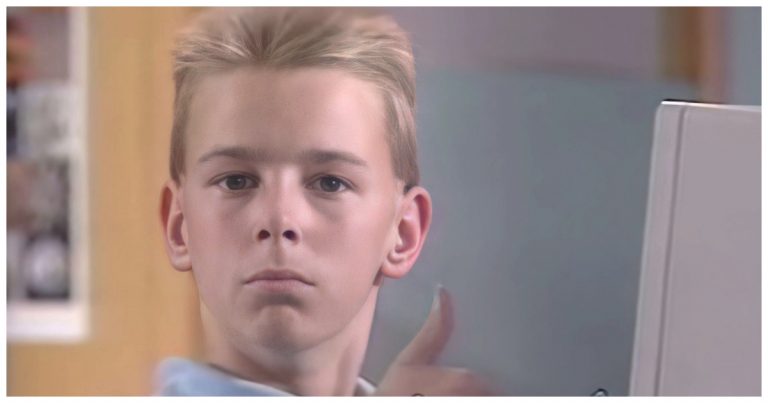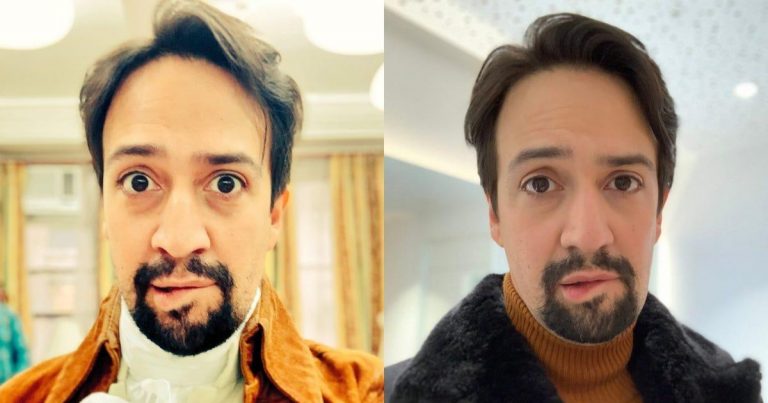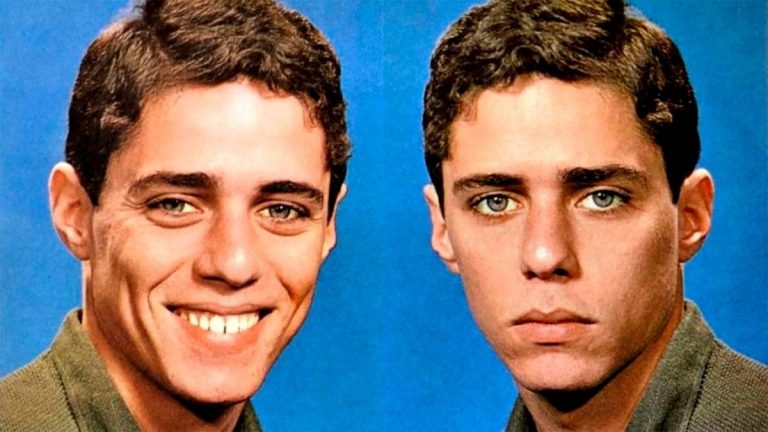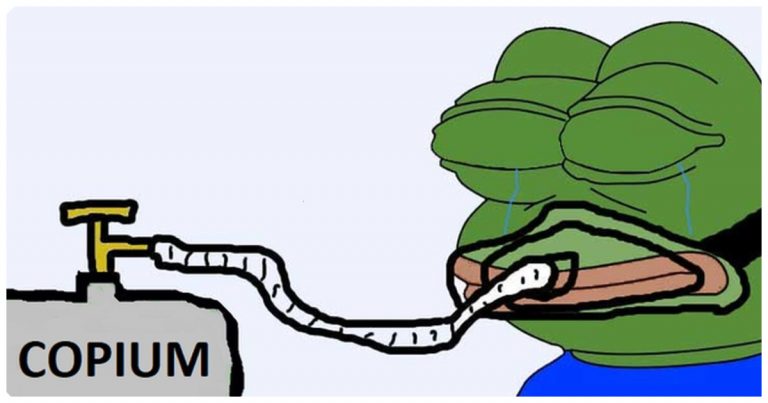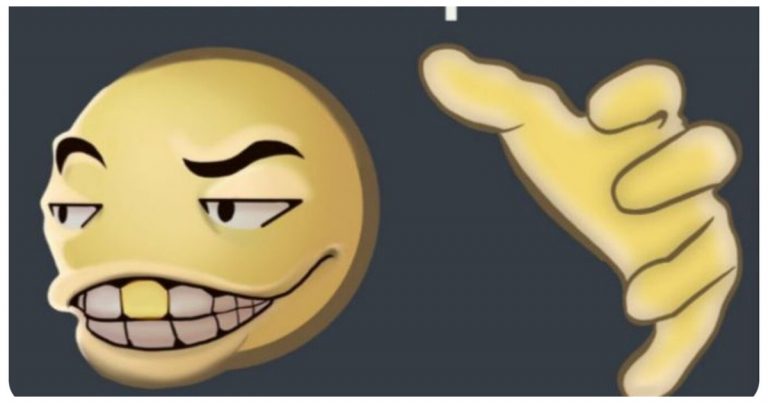What Is the We Are Not the Same Meme? Meaning, Origin, Structure and Variations
The We Are Not the Same meme has become a viral phenomenon in the world of internet humor, captivating audiences with its humorous comparisons and self-deprecating punchlines.
Originating in 2019 on Twitter, the meme began with exaggerated contrasts between people’s behaviors, preferences, or choices, often ending with the phrase “We are not the same.” While it started as a lighthearted way to highlight personal differences, the meme format evolved into a popular tool for expressing humor on social media, particularly on Reddit, Instagram, and TikTok.
With its resurgence in 2021, fueled by actors like Giancarlo Esposito and Mads Mikkelsen, the “We Are Not the Same” meme became a beloved fixture of online culture, continuing to entertain and connect internet users through shared humor and absurdity.
What Is the We Are Not the Same Meme?
The We Are Not the Same meme is a catchphrase that originated on Twitter in the fall of 2019. Initially used to emphasize exaggerated self-aggrandizing comparisons, the meme quickly gained traction as users shared humorous, often absurd, contrasts between different choices, actions, or personalities. It typically follows the structure of “You do X, I do Y—We are not the same.” These comparisons often carry a self-deprecating punchline to add comedic flair.
The phrase became popular as a way to highlight how people think they are different or superior to others in some amusing, exaggerated, or ironic way. The humor is driven by the absurdity of the comparison—making it highly shareable and adaptable for various contexts.
Origin of the We Are Not the Same Meme
The meme first gained significant attention in 2019 when Twitter users began creating self-aggrandizing posts comparing their actions or behaviors to others, using the phrase “we are not the same” as the punchline. A notable early tweet from @Lala_Ridley on August 6, 2019, gained widespread traction, garnering over 15,400 retweets and 38,000 likes.
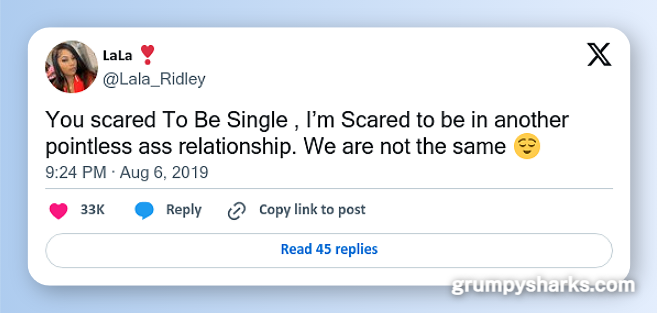
Other similar tweets followed, and soon after, the format began circulating widely across platforms like Twitter, Instagram, and Facebook.
The first parody meme appeared in late September 2019. It was created by an unknown user and features the catchphrase. The image macro reading “You in her DMs, I’m in her refrigerator, we are not the same” gained popularity across Facebook and Instagram.
On September 29th, 2019, the Facebook page I GOT MEMES reposted the image macro, and it gained over 520 reactions and 770 shares in two years.
The Spread of the Meme
In October 2019, the meme format began to evolve as more parodies emerged on Twitter, where people started to compare and contrast everyday actions in humorous ways. For example, @mannykpolo posted a version on October 7, 2019, stating, “Please don’t cross the street just because you see me crossing it. I’ve been jaywalking since daycare. I’m a pro. In the jaywalking hall of fame. We are not the same.” This version of the meme received over 320 retweets and 970 likes, contributing to the meme’s rapid growth.
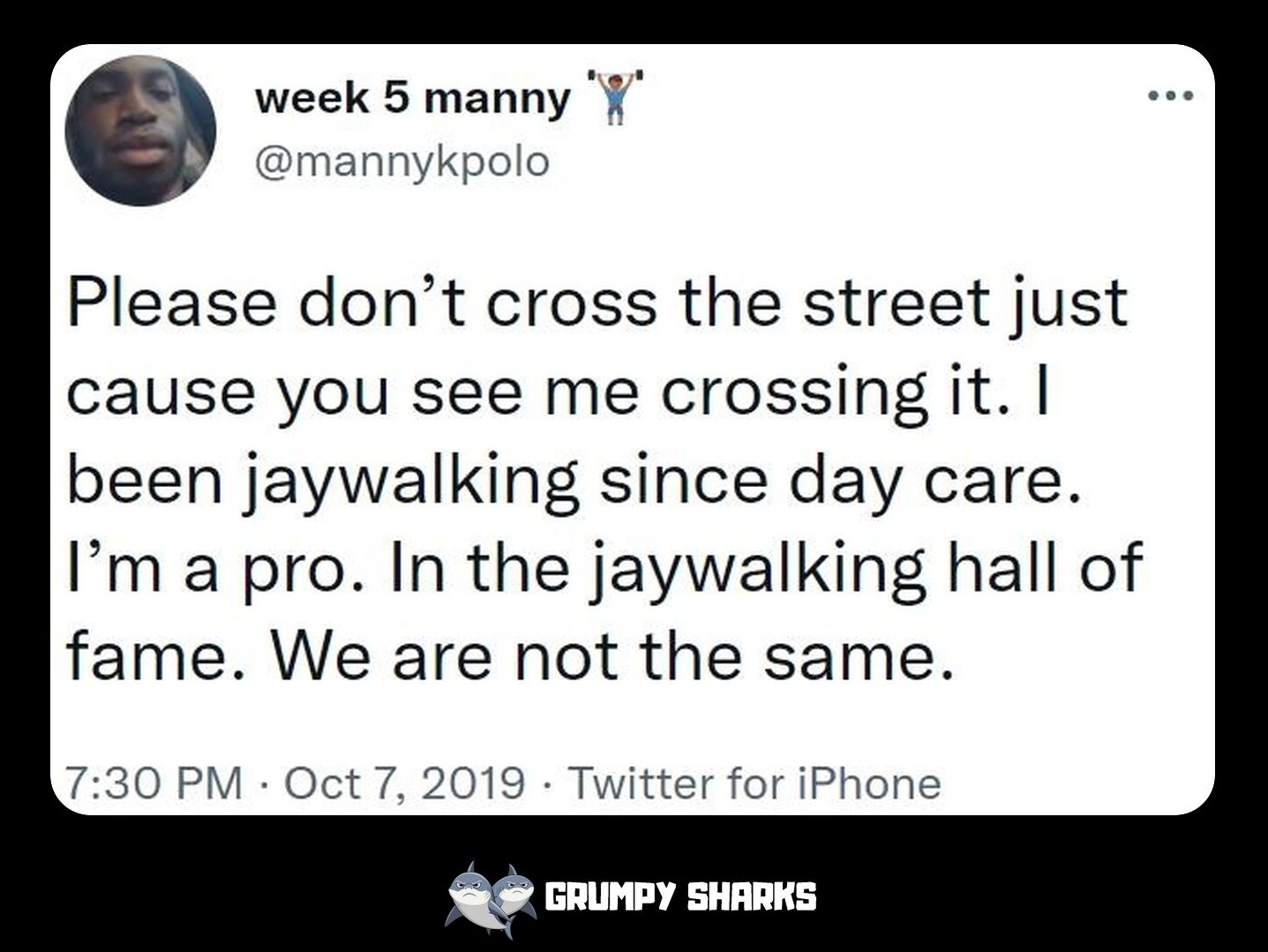
As the meme evolved, the humor became more absurd and exaggerated, with users comparing everything from dating habits to video game preferences. By October 28, 2019, Twitter user @noturwaifu69 posted, “You’re dating for marriage; I’m dating for Twitter content; we are not the same.” This tweet gained over 30,000 retweets and became one of the most notable examples of the meme’s growth.
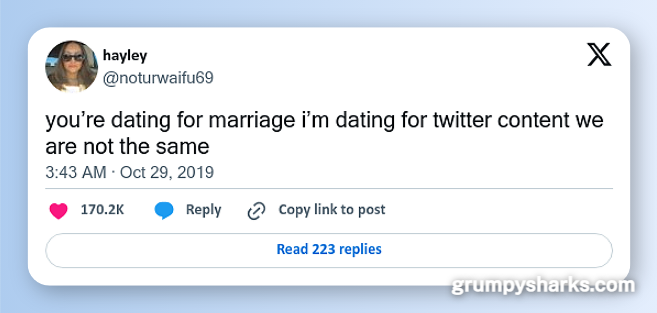
The “We Are Not the Same” meme regained significant traction in 2021 with the viral Gamer Joker meme. This version took the self-deprecating humor of the original format and injected it with a Sigma Male aesthetic. The most notable post in this resurgence came from Instagram user puberty420, who posted an ironic meme featuring the phrase “You jerk off to p—ography; I jerk off to abstract ideas like success and money and power. We are not the same.” in May 2021.
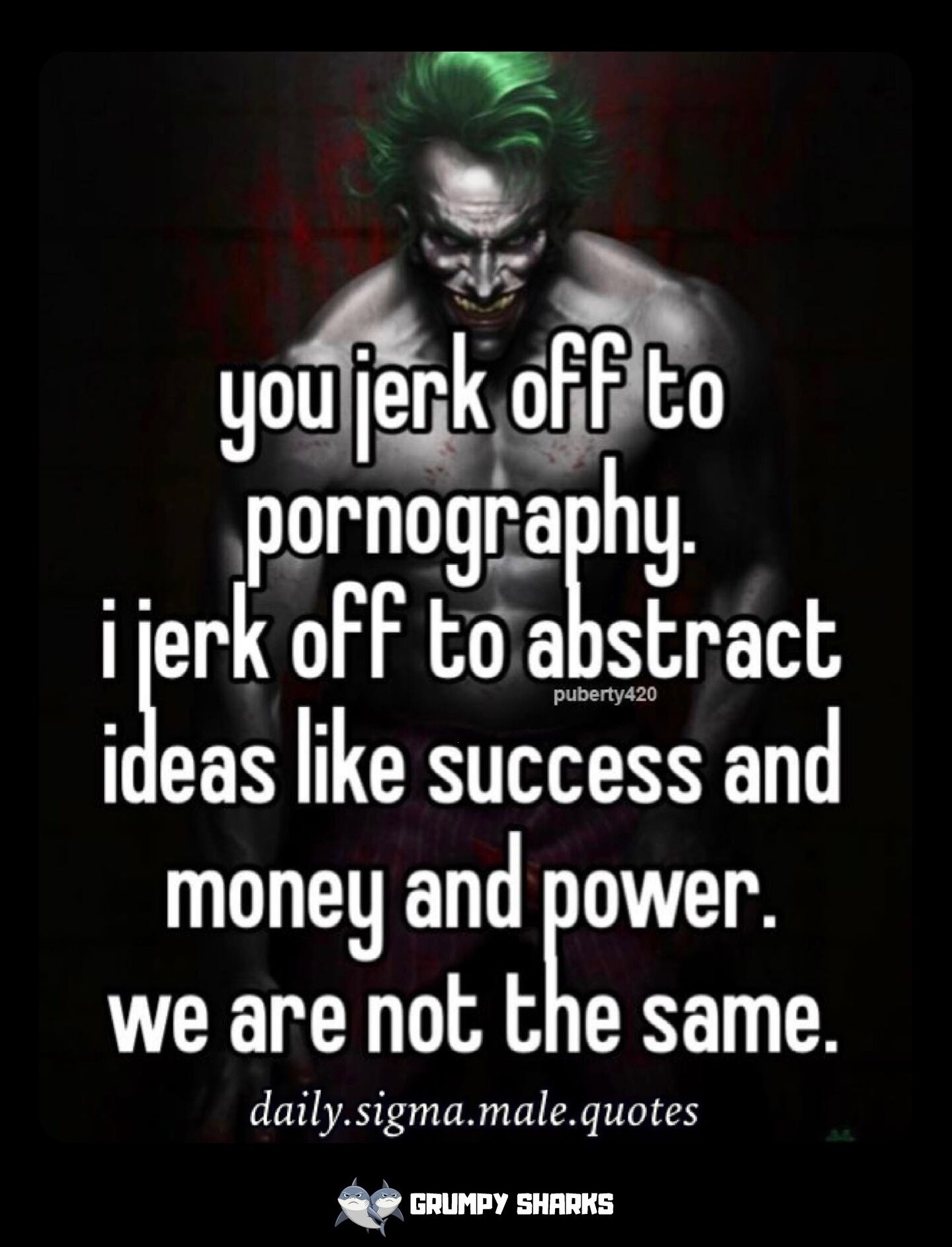
Later in 2021, the meme format was adapted with image macros featuring actors Giancarlo Esposito (known for his portrayal of Gustavo Fring in Breaking Bad) and Mads Mikkelsen. These images were edited with the “We Are Not the Same” phrase and quickly spread across platforms like Reddit, Instagram, and iFunny, where users played with various humorous edits and ironic commentary.
The Structure of the Meme
The We Are Not the Same meme follows a specific structure that makes it easy to create and adapt for various topics. The typical format consists of:
The Left Panel:
This side usually depicts a “normal” or “mainstream” action, person, or behavior that is common or widely accepted. It could be something as simple as a popular hobby, a common lifestyle choice, or a typical habit.
The Right Panel:
This side contrasts the first image with something extreme, unusual, or humorous, often an exaggerated version of the initial idea. It can also feature a more eccentric or unconventional person or behavior.
The Caption:
The meme ends with the phrase “We are not the same“, drawing attention to the differences between the two sides. This phrase reinforces the idea that the two things depicted are clearly not on the same level or in the same category.
Popular Variations and Examples of the Meme
The “We Are Not the Same” meme has inspired a wide variety of humorous and absurd comparisons. Some of the most popular variations include:
Lifestyle Choices:
- “You eat fast food; I eat organic.”
- “You work a 9-5 job; I work from home.”
Pop Culture References:
- “You like Marvel; I like DC.”
- “You watch Game of Thrones; I watch Breaking Bad.”
Humorous Comparisons:
- “You’re in her DMs; I’m in her refrigerator.”
- “You play Fortnite; I play Minecraft.”
Gaming and Technology:
- “You use Apple; I use Android.”
- “You play casual games; I play Valorant.”
These variations reflect the versatility of the meme, which allows users to compare nearly any two aspects of life, making it a fun and relatable format for humor and self-expression.
Conclusion
The We Are Not the Same meme has evolved from a simple catchphrase into a versatile and beloved meme format in internet culture. Initially used to make humorous, exaggerated comparisons, it has grown into a tool for expressing humor through absurd contrasts and self-deprecating jokes. With its adaptability and widespread appeal, the meme continues to thrive on social media platforms and remains a favorite among users looking to bring humor to the differences that make us all unique.


